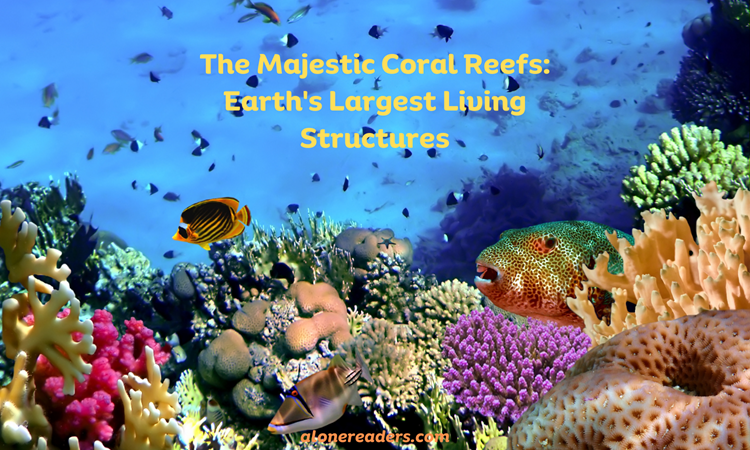
Coral reefs are among the most diverse and valuable ecosystems on Earth. Often referred to as "rainforests of the sea," they cover less than 1% of the ocean floor but support an estimated 25% of all marine species. These intricate and vibrant ecosystems are not only a bedrock of biodiversity but are also Earth's largest living structures, with some, like the Great Barrier Reef, even visible from space.
Coral reefs begin life as a single polyp, which then divides and multiplies, eventually creating colonies that grow over thousands of years. These colonies form the basis of the reef structure and are comprised of countless tiny creatures called coral polyps. The polyps have a symbiotic relationship with algae known as zooxanthellae, which live within their tissues. The algae provide the corals with food through photosynthesis and in return, the coral provides a protected environment and the compounds necessary for photosynthesis.
This relationship is the cornerstone of the reef ecosystem and is responsible for the vibrant colors of corals that we often admire. Over time, the calcium carbonate skeletons of corals accumulate, forming the vast structures that make up coral reefs.
The structural complexity of coral reefs provides shelter and resources for a vast array of marine life. From the tiny nudibranch to the majestic whale shark, life thrives among the coral. Reefs provide spawning, nursery, refuge, and feeding grounds for over 4,000 species of fish, countless species of invertebrates, sea turtles, marine mammals, and many more.
This biodiversity is not just for show; it's essential for the health of the oceans and for human society. Reefs protect coastlines from storms and erosion, provide food and income for hundreds of millions of people, and hold immense potential for medical breakthroughs as scientists discover more about coral's unique properties.
Despite their importance, coral reefs are in danger. They are highly sensitive to environmental changes, and several factors are contributing to their decline:
The plight of coral reefs has not gone unnoticed. Worldwide, conservationists are working to protect and restore these precious ecosystems. Marine protected areas (MPAs) have been established to safeguard significant portions of reef, banning fishing and other harmful activities.
Scientific research is also providing new insights into how reefs function and how they can be saved. For example, coral gardening and reef restoration projects involve growing corals in nurseries before transplanting them back into the wild. There is also a growing movement to address climate change and reduce greenhouse gas emissions, which is critical for the future of coral reefs.
Everyone has a part to play in the protection of coral reefs. Individual actions can include reducing carbon footprints, using reef-safe sunscreen, supporting sustainable seafood choices, and spreading awareness of the importance of these ecosystems. Tourists can also support conservation efforts by visiting reefs responsibly and supporting local economies that prioritize reef health.
Coral reefs are not only Earth's largest living structures but are also among the most essential for the health of our planet. They shelter an astonishing array of marine life, protect shorelines, and provide resources for humans. Yet, they face numerous threats, primarily from human activities. It is imperative that conservation efforts are supported and that each of us recognizes the role we play in protecting these natural wonders. The future of coral reefs, and by extension the oceans, hangs in a delicate balance, and the time to act in their defense is now.